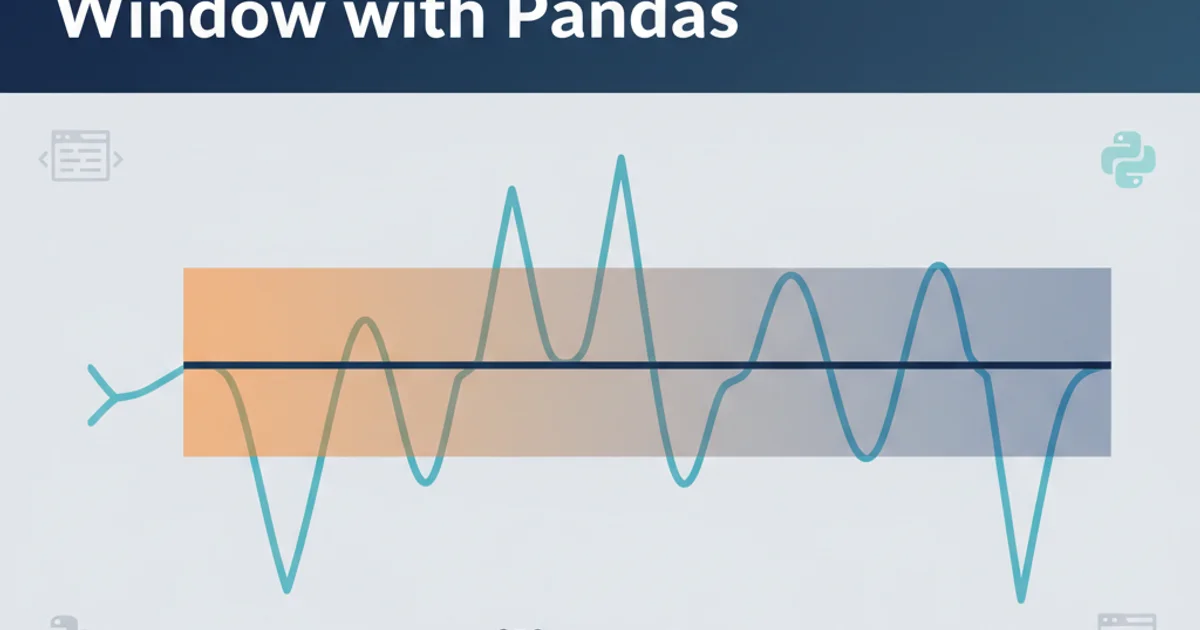How do I find Waldo with Mathematica?
Categories:
Finding Waldo with Mathematica: An Image Processing Adventure

Discover how to leverage Wolfram Mathematica's powerful image processing capabilities to automatically locate Waldo in his famously crowded scenes. This guide covers template matching, image manipulation, and result visualization.
The classic children's puzzle, "Where's Waldo?" (or "Where's Wally?" in some regions), challenges us to find a distinct character hidden within a complex, busy illustration. While a fun exercise for humans, it presents an interesting problem for computer vision. This article will guide you through using Wolfram Mathematica to automate the search for Waldo, employing techniques like template matching and image correlation.
Understanding the Challenge: Template Matching
At its core, finding Waldo computationally is a template matching problem. We have a small image (the 'template') of Waldo, and we want to find its location within a larger 'scene' image. Mathematica provides robust functions for this, primarily ImageCorrelate and ImageLocate. The key is to prepare both the scene and the template effectively to maximize the chances of a successful match.
flowchart TD
A[Start] --> B{Load Scene and Template Images}
B --> C{Pre-process Images (Grayscale, Resize)}
C --> D{Perform Image Correlation}
D --> E{Analyze Correlation Map}
E --> F{Identify Peak Correlation Point}
F --> G{Highlight Waldo's Location}
G --> H[End]Workflow for finding Waldo using image correlation.
Preparing Your Images
Before we can search, we need suitable images. You'll need a full 'Where's Waldo?' scene and a clear, isolated image of Waldo himself. For best results, ensure the template image of Waldo is representative of how he appears in the scene (e.g., similar pose, scale, and color). Often, converting images to grayscale can simplify the correlation process by focusing on intensity patterns rather than color variations, though color can also be a powerful discriminator.
(* Load the main scene and the Waldo template *)
scene = Import["path/to/waldo_scene.jpg"];
waldoTemplate = Import["path/to/waldo_template.png"];
(* Optional: Convert to grayscale for initial correlation *)
grayscaleScene = ColorConvert[scene, "Grayscale"];
grayscaleWaldo = ColorConvert[waldoTemplate, "Grayscale"];
(* Display images *)
Row[{scene, waldoTemplate}]
Loading and optionally converting images to grayscale.
waldoTemplate is roughly the same size as Waldo appears in the scene image. Resizing the template might be necessary.Performing the Correlation and Locating Waldo
The ImageCorrelate function computes the correlation between the template and the scene. A higher correlation value indicates a stronger match. The output is an image where bright spots correspond to areas of high correlation. We then need to find the brightest spot in this correlation map to pinpoint Waldo's location. ImageLocate can often simplify this process by directly returning the bounding box of the best match.
(* Perform image correlation *)
correlationMap = ImageCorrelate[grayscaleScene, grayscaleWaldo, NormalizedCrossCorrelation];
(* Find the location of the maximum correlation *)
waldoLocation = ComponentMeasurements[Binarize[correlationMap, 0.99], "Centroid"] // First // Last;
(* Alternatively, use ImageLocate for a more direct approach *)
(* waldoBoundingBox = ImageLocate[scene, waldoTemplate]; *)
(* Display the correlation map *)
correlationMap
Calculating the correlation map and identifying potential Waldo locations.
Visualizing the Results
Once we have the coordinates or bounding box, we can overlay a marker or a rectangle on the original scene image to visually confirm Waldo's discovery. This step is crucial for verifying the accuracy of our algorithm and for presenting the solution clearly.
(* Define the size of the template for drawing a rectangle *)
{w, h} = ImageDimensions[waldoTemplate];
(* Calculate the top-left corner for the rectangle *)
rectangleCorner = waldoLocation - {w/2, h/2};
(* Draw a rectangle around Waldo's detected location *)
HighlightImage[scene, Rectangle[rectangleCorner, rectangleCorner + {w, h}], Red]
Highlighting the detected Waldo on the original scene image.
Binarize (e.g., 0.99) or experimenting with different correlation methods can significantly impact the accuracy of your Waldo detection.